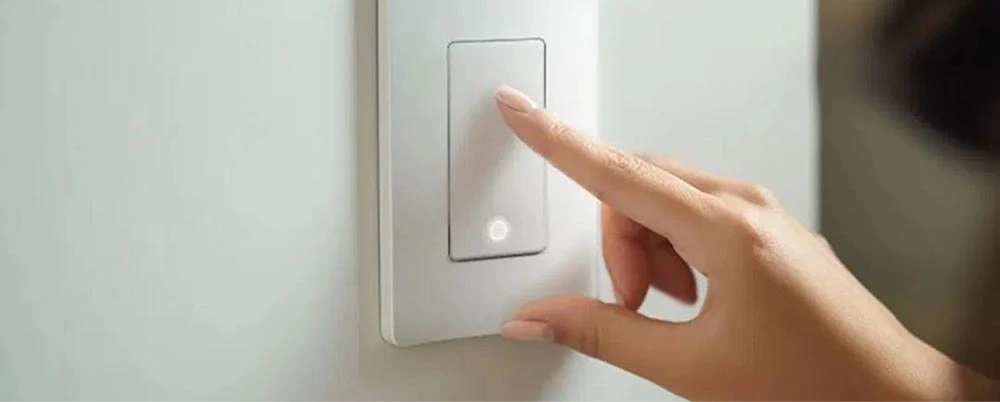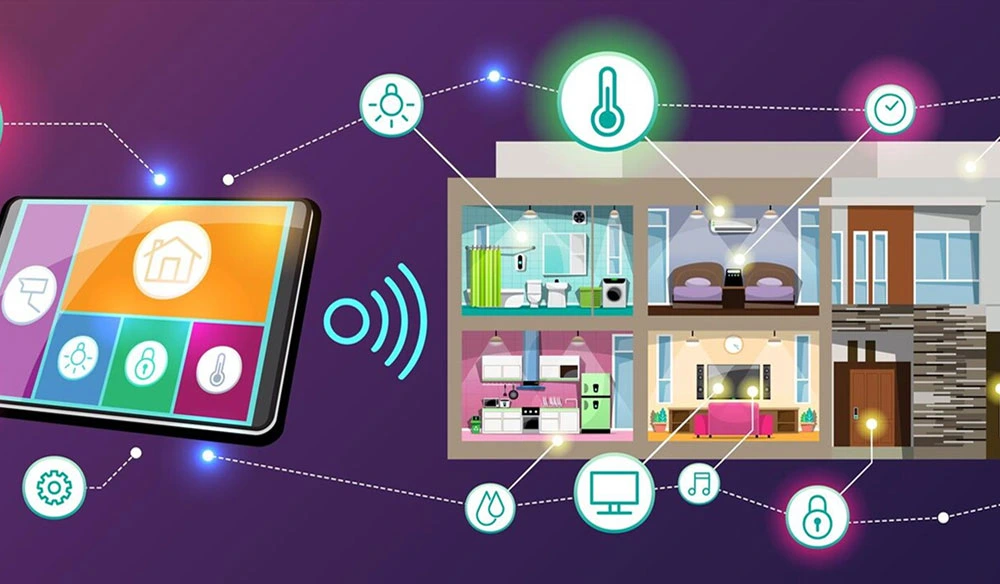The Pros and Cons of Retrofit Smart Switches
Smart home technology makes lives easier, more efficient, and most importantly, secure. The easiest way to smartify your home is by the use of smart lighting control, which is usually the starting point between retrofit smart switches and panel switch smart systems. Both smart systems have pros and cons, and in the guide below, we'll break them down so you can make an informed decision about which smart switch board is right for your home.
Retrofit smart switches will basically replace your traditional light switch. It can manage your lighting with the use of a mobile app, voice commands or set schedules. A retrofit smart switch can be installed without significant rewiring. Therefore, these can be perfect for those wanting a smart home function without having to go through extensive renovation.
However, like any other technology, retrofit smart switches have their advantages and disadvantages.
The primary reason retrofit smart switches are useful is that they can be installed using your existing wiring, without having to get open walls or conduct costly electrical work. For the DIY enthusiast, it is a simple weekend project.
Because you’re not paying for an electrician or new wiring, retrofit switches are generally inexpensive. It can be a pretty good option for the homeowner who wants to try out smart technology on a budget.
Retrofit switches are installed in lieu of existing ones so that you would not impact your home’s present design and décor. It is a discrete form of imbuing a smart function without drastically altering the outlook of your house.
Retrofit switches will work with the light fixtures and bulbs you already have, so there is no need to replace the bulbs or lamps. This is a big convenience when you’re just getting started with your smart home upgrades.
You can control them using a smartphone, voice commands with Alexa or Google Home, and with basic manual use. Versatile options for controlling your lighting can be very convenient.
Retrofit switches are also more rudimentary in design and often lack most of the intelligent features that come with integrated smart systems. You may be looking for a system that has to control a much more expansive environment across multiple devices, so retrofit switches may not fulfill your requirements.
Retrofit smart switches may not work well in older homes with obsolete wiring. At times, it may necessitate some work in your electrical system at an added cost of the electrical upgrades.
The retrofit smart switch saves your design but falls short compared to the sheer modern look that smart systems offer.
Smart switches are an excellent introduction to a smart home, but if you ever plan any further extension of the system (like smart security or climate control), at some point in time you may have to migrate to a more advanced configuration.
These are part of a more all-encompassing system designed to integrate multiple smart devices across your home. This smart switch board features more advanced control and functionality but brings its own bag of pros and cons.
In addition to light control, smart panel switches can be integrated with other smart devices such as thermostats, security systems, and even entertainment systems to offer you a seamless, centralized control center for your smart home.
Smart panel systems also feature advanced automation. Imagine having lights dim automatically when you start a movie or having your entire house shut down in one command when you are leaving for the day.
Smart panels possess a sleek, high-end, modern look to your home. These systems offer a more fashionable outlook on remodeling or even new home construction.
Smart panel systems have a major feature: they are easy to scale up. As you add more smart devices to your house, a smart switch board can deal with them easily, thus permitting you to grow in a smart home with exactly the increases you want.
More control means a higher energy efficiency. Advanced scheduling, integration with occupancy sensors, and personalized lighting scenes all consume less energy.
Installation costs of smart panel switches are more than retrofitting. It also runs into thousands of dollars if it’s about the equipment itself and installation. You probably will need to hire an electrician to set up the system, which is going to add up to the cost.
You can tear into your walls and rewire parts of your house during the installation of the smart panel system. This is certainly not a DIY undertaking. Probably, it may not be ideal for older homes or for people seeking to cause minimal disruption.
Smart panels are definite features with sophisticated aspects. However, they are hard to operate and install. For instance, with some basic technological ignorance, homeowners who do not have basic technological know-how might become baffled by the interface and installation process.
Additional installation costs aside, a smart switch module is generally more expensive than retrofit switches. There is a cost associated with smart lighting; you’re paying for the whole smart home infrastructure.
Retrofit smart switches are useful for convenience; smart panel systems offer an all-in-one experience. SmartNest has solutions for both categories. Here’s why you should go for SmartNest as your best bet:
SmartNest will offer both retrofit and smart panel switches. This would give you a choice of what would fit your house and budget.
Whether it is a smart or a retrofit system, SmartNest will see to it that the system that works for you will be chosen. We’ll be helpful each step of the way-from product selection to installation.
SmartNest solutions are seamless and easy to integrate into leading smart home platforms, namely Google Home, Amazon Alexa, and Apple HomeKit.
All SmartNest solutions save energy without compromising comfort and light around your home.
From just a few smart switches, SmartNest solutions expand to provide a fully integrated system.
We look forward to transforming your home into a “smart” home. Contact SmartNest today and elevate your home automation!



